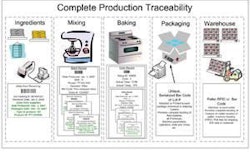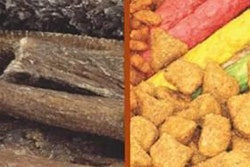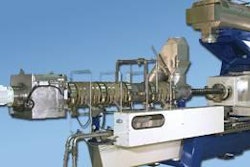
True to the pet industry’s recession-resistant claim to fame, US sales of pet products and services rose 4.8% in 2009 to reach US$53 billion, meaning that the market added US$2.5 billion dollars in the midst of the biggest economic crisis since the Great Depression.
That said, pet market growth has not been uniform across areas of the market, with the less discretionary categories of food and veterinary services faring the best and non-essential products and services faring the worst. Sales of veterinary services rose nearly 10% in 2009, followed by petfood at 5%, non-food supplies at 3% and other pet services at 4%, according to Packaged Facts’ March 2010 Pet Market Outlook 2010-2011 report.
While the recession is officially over, no one expects consumer confidence and spending to rebound overnight, with most economists predicting a slow recovery. And no marketer or retailer can afford to ignore recessionary effects on consumer shopping patterns that could linger for years.
To weather the economic storm, many Americans reprioritized shopping lists along essential vs. discretionary lines, reevaluated channel loyalties based on factors including convenience and discounts and traded across categories and brands. For example, although dog and cat food sales in the US rose 7% in 2009 according to Information Resources Inc. (IRI) data for supermarkets, drugstores and mass merchandisers except Walmart, this high rate of growth derives in part from slower going in the pet specialty channel.
In short, the word “restraint” will continue to characterize how Americans shop and what they buy in the years ahead, making petfood appeals based on health, safety, convenience, comfort, practicality and professionalism more important than ever in wooing the nation’s 61 million pet-owning households and meeting the needs of their nearly 400 million pets. At the same time, there’s still plenty of room for pet pampering and indulgence positioned squarely on the human/animal bond, as reflected in dog biscuits/treats and cat snacks 2009 US sales gains of 8% and 15%, respectively, per IRI.
Value: During 2010, the most effective strategy for all pet market players can be summed up in that word. Because this common denominator takes on different meanings for different consumer groups, Packaged Facts segments US pet owners into three fairly evenly sized cohorts, each of which defines and responds to the notion of value in its own way.
· Value-critical pet owners tend to not view high prices as a primary pet food purchasing criterion, spending 25%-50% more than pet owners on average. However, they do expect the products they buy to deliver tangible health benefits and emotional rewards—and will be the first to say so if they don’t.
Not surprisingly, this group comprises higher-income households as well as those who view their pets as full-fledged members of the family. Because these dog and cat owners associate pet food and treats closely with pet health, they are the most ingredient-aware group and the least likely to switch brands absent a good reason.
· Value-influenced pet owners view pricing as a top pet food purchasing criterion. Unlike value-driven consumers (see below), price is not, however, their foremost shopping draw, and they may be swayed in either premium or value directions.
This is the group Walmart is going after with its “exact same brands as those found in the pet specialty channel at unbeatable prices” campaign (which features the mass/specialty bridge brand Iams). It’s also the target for PetSmart’s new TV commercials offering up to 20% savings on hundreds of items. As this price-centered duel suggests, a fierce tug of war for value-influenced pet owners is under way, with a growing proportion of the group shopping both mass and pet specialty and the weak economy giving the latter a leg up.
· Value-driven pet owners base their pet food purchase primarily on price. Although this does not preclude seeking out higher quality foods, this is the group most likely to hold the opinion that there’s little, if any, difference between national and store brands. With the winds of the recession beneath its wings, private label increased its share of US pet food sales to 11% (US$622 million) in 2009, up from 10% (US$543 million) in 2008, according to IRI, with value-driven pet owners likely representing the bulk of that 15% increase.
By focusing heavily on any one of these value groups, pet food marketers increase their chances of success during these still iffy economic times. Even better, many companies and brands are well positioned to attract value-influenced pet owners in addition to one of the other groups. During the coming year and beyond, those “middle of the road” consumers will determine the fortunes of many pet market players.
















